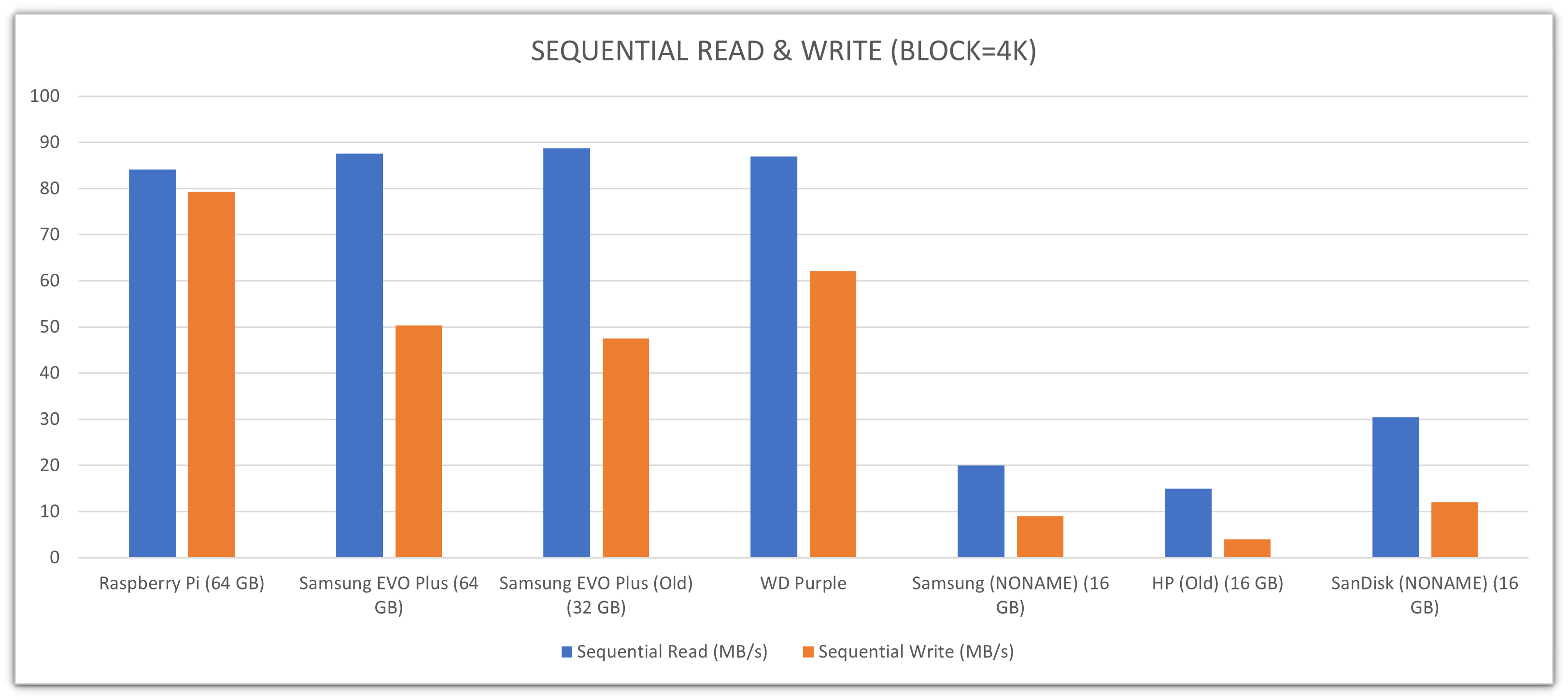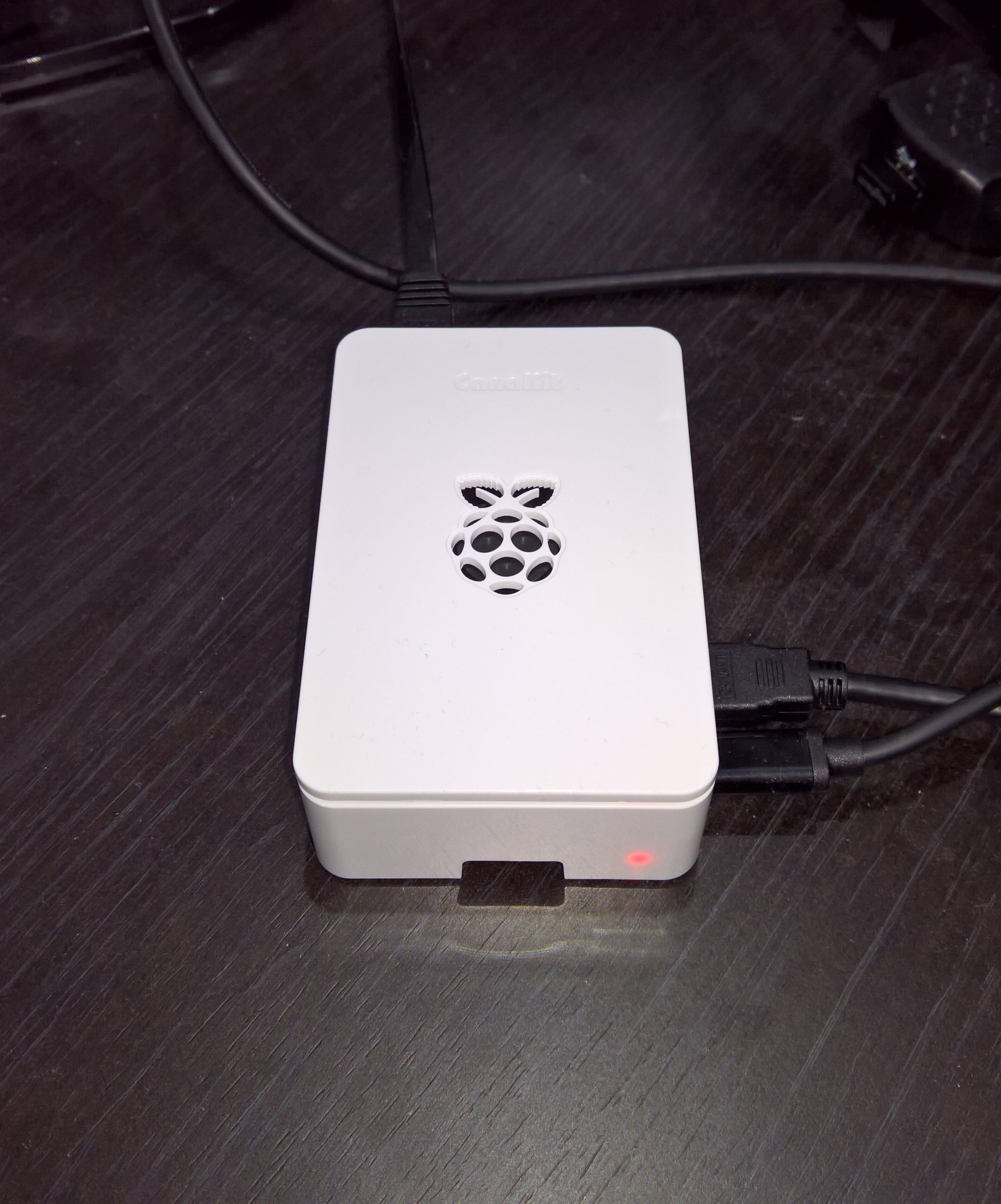Mastering Remote Monitor Raspberry Pi SD Card Without Breaking The Bank
Remote monitoring your Raspberry Pi SD card is no longer a luxury—it’s a necessity. Whether you're managing servers, running IoT projects, or simply keeping tabs on your home automation setup, having the ability to monitor your SD card remotely can save you tons of time and frustration. But here's the kicker: you don’t need to spend a dime to achieve this. With the right tools and techniques, you can set up a free remote monitoring system that works like a charm.
Imagine this: You're miles away from your Raspberry Pi, but you need to check if the SD card is running low on space or if there are any errors. Instead of rushing back home, you can pull out your phone or laptop, log in, and get all the info you need in seconds. Sounds awesome, right? Well, that's exactly what remote monitoring brings to the table.
But why pay for expensive software or subscriptions when you can do it all for free? In this guide, we’ll walk you through everything you need to know about setting up a remote monitoring system for your Raspberry Pi SD card without spending a single cent. From essential tools to step-by-step instructions, we’ve got you covered. So buckle up, and let’s dive in!
Table of Contents
- Introduction to Remote Monitoring
- Why Remote Monitoring Matters
- Tools You’ll Need
- Setting Up the Monitoring System
- Free Monitoring Software Options
- Tips and Tricks for Effective Monitoring
- Common Issues and How to Fix Them
- Addressing Security Concerns
- Exploring Advanced Features
- Conclusion and Next Steps
Introduction to Remote Monitoring
Alright, let’s start with the basics. Remote monitoring is essentially the process of keeping an eye on your Raspberry Pi's SD card performance and health from anywhere in the world. Think of it as having a virtual assistant that keeps you updated on your Pi's status without you needing to be physically present.
Now, why would you want to do this? Well, imagine your Raspberry Pi is running a critical project, like a weather station or a security camera system. If something goes wrong with the SD card—like it running out of space or developing file system errors—you’d want to know ASAP. With remote monitoring, you can catch these issues early and prevent potential disasters.
And the best part? You don’t need to break the bank to set this up. There are plenty of free tools and methods available that make remote monitoring accessible to everyone, regardless of budget.
- Unveiling Christies Sides Relationships Career And Reputation Now
- Who Plays Mary Jane Watson The Marvel Spiderman Actress Guide
What Can You Monitor?
Here’s a quick rundown of what you can monitor on your Raspberry Pi’s SD card:
- Available disk space
- File system health
- Temperature and performance metrics
- Error logs and system alerts
By keeping tabs on these metrics, you can ensure your Raspberry Pi runs smoothly and efficiently, no matter where you are.
Why Remote Monitoring Matters
Let’s be real for a second. If you’re using a Raspberry Pi for anything more than basic tinkering, chances are it’s part of a bigger project. And when you’re dealing with projects that rely on your Pi being up and running 24/7, having a remote monitoring system becomes crucial.
For instance, if you're running a home automation system, you wouldn’t want your lights or thermostat to stop working because your SD card ran out of space. Or if you’re using your Pi as a media server, you’d definitely want to know if the SD card is failing before it crashes your entire setup.
Remote monitoring gives you the peace of mind that comes with knowing your Pi is functioning properly, even when you’re not around. It’s like having a backup plan for your backup plan.
Key Benefits of Remote Monitoring
Here’s why remote monitoring should be at the top of your priority list:
- Real-time alerts for potential issues
- Ability to troubleshoot remotely
- Improved system reliability
- Cost-effective solution for maintaining your setup
With these benefits in mind, it’s clear that remote monitoring isn’t just a nice-to-have feature—it’s a must-have for anyone serious about their Raspberry Pi projects.
Tools You’ll Need
Now that you’re convinced about the importance of remote monitoring, let’s talk about the tools you’ll need to get started. The good news is, most of these tools are either free or already built into your Raspberry Pi.
Here’s a list of essential tools:
- Raspberry Pi (duh)
- A working SD card with a compatible OS installed
- SSH access (enabled by default on most Pi setups)
- A monitoring software or script (we’ll cover options later)
- An internet connection (obviously)
That’s it! With these tools in hand, you’re ready to set up your remote monitoring system.
Optional Tools
If you want to take things a step further, consider these optional tools:
- A static IP address or dynamic DNS service (for easier remote access)
- A cloud storage solution (for storing logs and data)
- A smartphone app for on-the-go monitoring
These extras can enhance your monitoring experience, but they’re not strictly necessary if you’re on a tight budget.
Setting Up the Monitoring System
Alright, let’s get our hands dirty. Setting up a remote monitoring system for your Raspberry Pi SD card involves a few simple steps. Don’t worry—it’s easier than it sounds.
Step 1: Enable SSH. SSH (Secure Shell) allows you to remotely access your Pi’s terminal. You can enable it by running the following command in your Pi’s terminal:
sudo raspi-config
From there, navigate to Interfacing Options > SSH and enable it.
Step 2: Install Monitoring Software. There are several free monitoring tools available, such as Nagios, Munin, and PiMonitor. We’ll cover these options in more detail later.
Step 3: Set Up Alerts. Most monitoring tools allow you to set up email or SMS alerts for critical events. This way, you’ll always be notified if something goes wrong.
Step 4: Test Your Setup. Before you rely on your monitoring system, make sure it’s working properly by simulating a few scenarios and checking if you receive the expected alerts.
Troubleshooting Tips
Here are a few tips to help you troubleshoot common issues during setup:
- Check your SSH connection settings
- Verify that your monitoring software is properly installed
- Test your alert notifications to ensure they’re working
With these tips in mind, you should be able to set up your monitoring system without any major hiccups.
Free Monitoring Software Options
When it comes to monitoring software, you’ve got plenty of options to choose from. Here are a few of the best free tools available:
Nagios
Nagios is a powerful monitoring tool that can monitor your Raspberry Pi’s SD card health, system performance, and more. It’s highly customizable and supports a wide range of plugins, making it a great choice for advanced users.
Munin
Munin is another popular monitoring tool that provides detailed graphs and reports on your Pi’s performance. It’s easy to set up and requires minimal configuration, making it ideal for beginners.
PiMonitor
PiMonitor is a lightweight monitoring tool specifically designed for Raspberry Pi. It provides real-time stats on CPU usage, memory usage, and SD card health, all in an easy-to-use web interface.
Each of these tools has its own strengths and weaknesses, so it’s worth trying out a few to see which one works best for you.
Tips and Tricks for Effective Monitoring
Here are a few tips to help you get the most out of your remote monitoring setup:
- Regularly check your logs for any unusual activity
- Set up automated backups of your SD card
- Use a cloud-based solution for storing important data
By following these tips, you can ensure your Raspberry Pi remains in top shape and avoid potential issues down the line.
Common Issues and How to Fix Them
Even the best monitoring systems can encounter issues from time to time. Here are a few common problems and how to fix them:
Issue 1: SSH Connection Fails
Solution: Check your network settings and ensure SSH is properly enabled on your Pi.
Issue 2: Monitoring Software Crashes
Solution: Restart your Pi and reconfigure your monitoring software if necessary.
Issue 3: Alerts Not Working
Solution: Double-check your alert settings and test them to ensure they’re functioning correctly.
With these solutions in your toolkit, you should be able to tackle most common issues with ease.
Addressing Security Concerns
Security is always a top priority when it comes to remote monitoring. Here are a few ways to keep your Raspberry Pi secure:
- Use strong passwords and enable two-factor authentication
- Regularly update your Pi’s software and firmware
- Limit SSH access to trusted IP addresses
By following these best practices, you can protect your Pi from potential security threats and ensure your data remains safe.
Exploring Advanced Features
Once you’ve got the basics down, you can start exploring some advanced features to take your monitoring system to the next level:
- Integrate with IoT devices for enhanced monitoring capabilities
- Set up custom scripts to automate routine tasks
- Use machine learning algorithms to predict potential issues
These features may require a bit more technical know-how, but they can significantly enhance your monitoring setup.
Conclusion and Next Steps
And there you have it—a comprehensive guide to remote monitoring your Raspberry Pi SD card for free. By following the steps outlined in this article, you can set up a reliable monitoring system that keeps your Pi running smoothly, no matter where you are.
So what’s next? Start by enabling SSH on your Pi and experimenting with different monitoring tools to find the one that suits your needs. And don’t forget to share your experiences and tips in the comments below—we’d love to hear from you!
Happy monitoring, and good luck with your Raspberry Pi projects!
- Decoding The Bedroom Floor Lyrics Symbolism And Meaning
- Guide To Moviesflix Bollywood The Ultimate Streaming Platform

I Tested the Official Raspberry Pi Card, Here're My Findings

official Raspberry Pi Class A2 SD Card, Compatible With microSDHC

Raspberry Pi Sd Card Copier Could Not Write To Destination